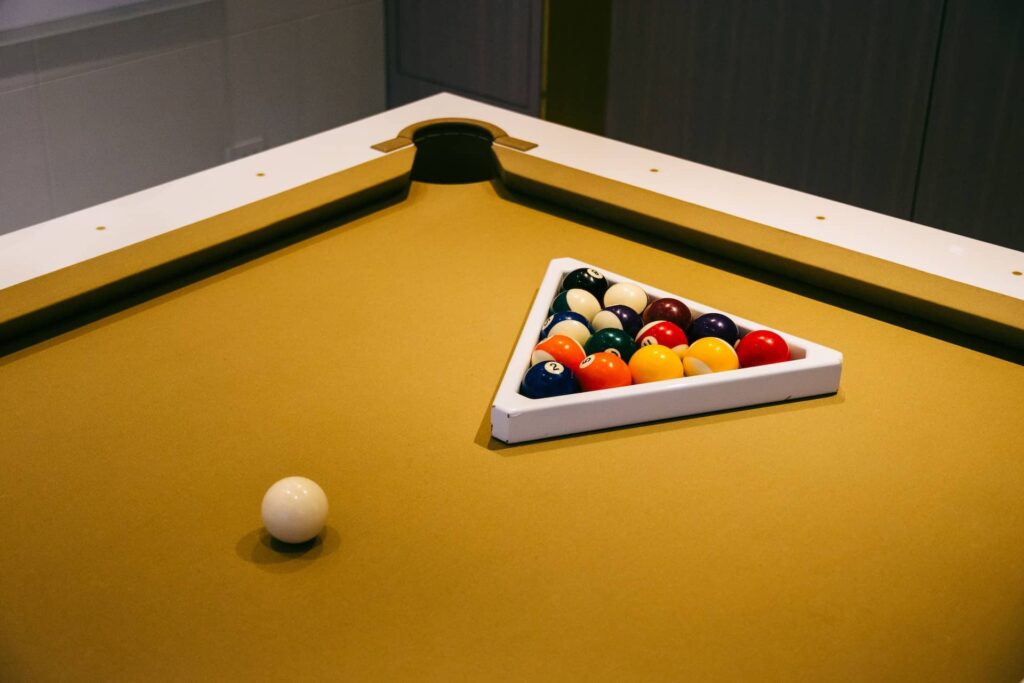What is momentum?
Anything that has mass (which is pretty much everything) AND has velocity has momentum. Hence the equation p = mv.
Conservation of Momentum
Means that the initial momentum value should equal the final. If they are not equal then momentum is NOT conserved and there has been an impulse caused by an external force (more on this later).
Conservation of momentum: [katex] p_i = p_f [/katex]
To solve problems add up the momentums’ of objects before a collision. Then set it equal to the sum of momentum of the objects after a collision.
Three Types of Collisions:
- Elastic – Objects collide and bounce of each other (energy is generally conserved in this type of collision)
- Inelastic – Objects collide and stick to each other.
- Explosion – Object starts at rest then explodes outwards in multiple pieces.
Momentum is conserved in ALL collision. Energy, however, might not be conserved. Why? When objects collide a small about of heat is dissipated and lost to the surround environment.
Example of Conservation
Let’s try the following problem:
A 0.450 kg ice puck, moving east with a speed of 3.00 m/s, has a head-on collision with a 0.900 kg puck initially at rest. Assuming a perfectly elastic collision, what will be the speed and direction of each object after the collision?
Step one: Identify if momentum is conserved. This problem deals with a elastic collision, so momentum is definitely conserved. Therefore, we can use conservation of momentum
Step two: Apply conservation of momentum – Pi = Pf –> (.45)(3) = (.9)(v1) + (.45)(v2)
Step three: notice how you have too many unknowns to be able to solve this problem. You need a second equation. This will come from the conservation of energy (we can use this because the collision is elastic). Ei = Ei –> (.45)(3)2 = (.9)(v2)2 + (.45)(v1)2
Step four: rearrange and solve the equations above. Use any method that works best for you. I would recommend substitution in this case.
Step five: final solution, v1 = -1 m/s, v2 = 2 m/s
Impulse
Impulse is a change in momentum. This means that Pi = Pf.
[katex] \text{Impulse} = \Delta p = m \Delta v = Ft [/katex]
The equations above show: the change in momentum, which is really a change in velocity, comes from an external force being applied. This makes sense since a force implies an acceleration, which is a change in velocity.
What is an external force? It is a force that is not within the system. For example, imagine a car traveling. The system is just the car. Suppose it hits a wall and comes to a stop. The wall applied an external force, that caused a change in velocity, thus a change in momentum.
Example Impulse Problem
A 0.0600kg tennis ball is traveling at 30.0m/s. After being hit by the opponents racket, the ball’s velocity is 20.0 m/s in the opposite direction. Calculate the:
a) change in the ball’s momentum and
b) average force exerted by the racket if the ball and racket were in contact for 0.0400 s
Solution:
- Check if momentum is conserved. It is NOT conserved in this problem, since the racket is applying an external force. Hence, we will use the Impulse theorm to solve this.
- Re-arrange and apply Impulse equations –> ∆p = m∆v –> (.06)(30+20) = 3 Ns [make sure to apply signs correctly, as this is one of the most common mistakes]
- Solve the part (b) by apply the other equation for impulse. ∆p = Ft –> 3 = F(.04) –> F = 75N
Other Important Concepts for the AP Exam
- Velocity of center of mass. As long as momentum is conserved, so will the velocity of the center of mass.
- Collisions at angles. Apply the same laws and equations as collisions in one dimension, but this time split velocity into x and y components and apply conservation in both directions.
That’s a wrap! If you are still having difficulty applying these concepts be sure to ask you teachers or friends for guidance. If you want quick and easy guidance, consider hiring a tutor here! Nerd-Notes guarantees a boost in grades and understanding in just the first lesson.
10 Problems to Help You Master Momentum!
If you get all of these right, you have reached mastery. If you score anything below a 70% — you may want to review concepts or problem solving strategies in detail.
Case 1
Case 2
Equal force in both case 1 and case 2
More information is needed to calculate the force
None of these choices.
nearly v
nearly 2v
nearly 3v
infinite
zero


